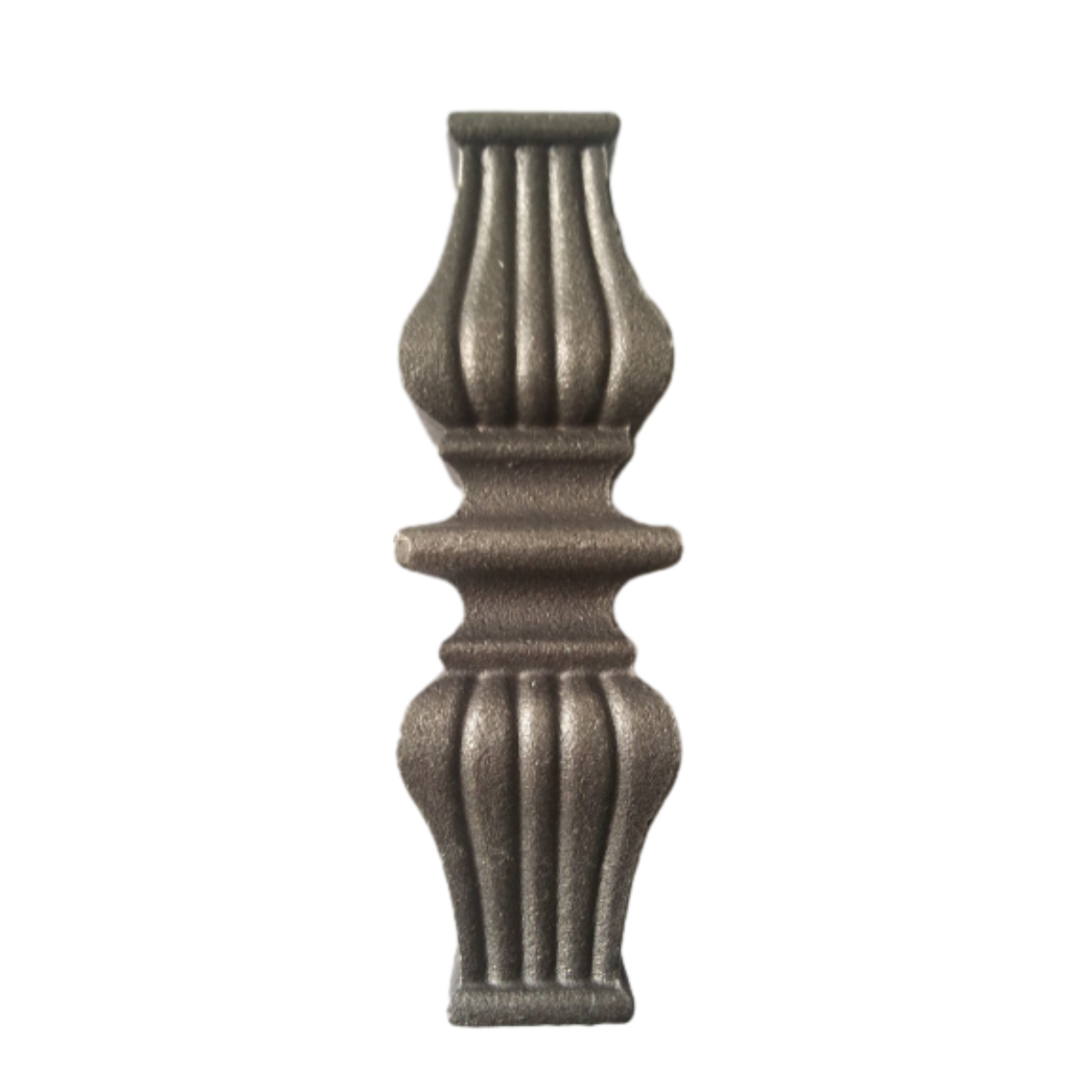what is stronger steel or iron
Steel vs. Iron Which is Stronger?
When discussing the strength of metals, two names often come up steel and iron. Both materials have been used for centuries in construction, manufacturing, and everyday objects, but they possess distinct characteristics that dictate their relative strength and suitability for different applications. Understanding the differences between steel and iron is crucial for engineers, builders, and manufacturers, as these differences impact everything from infrastructure to tools.
Iron The Basic Element
Iron is one of the most abundant elements on Earth and the primary component of many metal alloys. It is a heavy, malleable metal that, in its pure form, is relatively soft and weak compared to various alloys. The most common form of iron used in construction is cast iron, which is produced by adding carbon to molten iron. Cast iron is strong in compression but relatively brittle, making it susceptible to cracking or breaking under tensile stress.
Another form of iron is wrought iron, which has been refined to remove impurities and has a higher ductility. While wrought iron is stronger than cast iron, it is still weaker compared to modern steel alloys. Thus, while iron has its applications, especially in traditional and artistic contexts, its inherent weaknesses make it less desirable for high-stress applications.
Steel A Fusion of Strength and Versatility
Steel, on the other hand, is an alloy made primarily of iron with a small percentage of carbon and other elements. The addition of carbon to iron enhances its strength and toughness considerably. There are various types of steel, including carbon steel, alloy steel, stainless steel, and tool steel, each designed for specific applications and exhibiting different properties.
Carbon steel, which contains between 0.05% to 2% carbon, is known for its excellent strength and hardness. The higher the carbon content, the stronger the steel becomes, but it may also lose some ductility. Alloy steels, which include elements like chromium, nickel, and molybdenum, enhance steel's resistance to wear, corrosion, and high temperatures, making these types of steel suitable for more demanding applications.
what is stronger steel or iron

Stainless steel, another significant category, contains a minimum of 10.5% chromium, giving it excellent corrosion resistance and making it ideal for applications in harsh environments. Tool steel, designed for cutting and shaping other materials, is engineered to withstand high levels of stress and retain its edge during use.
Comparing Strengths
When comparing iron and steel, strength is a crucial factor. Steel, due to its alloying elements, is considerably stronger than iron. For example, standard steel has a tensile strength of approximately 400 megapascals (MPa) or more, while wrought iron typically has a tensile strength around 370 MPa, and cast iron can be as low as 200 MPa.
Furthermore, steel's ability to be engineered into specific alloys allows it to be tailored for intricate applications, providing enhanced strength and performance. In construction, for example, the use of steel beams and reinforcements is essential for skyscrapers, bridges, and other structures requiring the highest levels of strength and reliability.
Why Choose Steel?
The choice of using steel over iron in modern applications is driven by the requirement for strength, durability, and versatility. Steel has become the material of choice for many industries, including automotive, aerospace, construction, and machinery manufacturing. Its ability to withstand high stress, resist fatigue, and endure environmental degradation makes it indispensable in contemporary engineering.
In conclusion, while both iron and steel have their places in history and industry, steel undeniably holds the upper hand when it comes to strength and adaptability. The advancements in metallurgical science have allowed for the development of numerous steel grades, each designed to meet specific needs and challenges. As we continue to push the boundaries of technology and engineering, the importance of steel—and its superiority over iron—will only grow. Whether it's constructing resilient buildings or manufacturing precision tools, steel remains a cornerstone of modern civilization, showcasing the enduring quest for strength and innovation in metallurgy.
-
Wrought Iron Components: Timeless Elegance and Structural StrengthNewsJul.28,2025
-
Window Hardware Essentials: Rollers, Handles, and Locking SolutionsNewsJul.28,2025
-
Small Agricultural Processing Machines: Corn Threshers, Cassava Chippers, Grain Peelers & Chaff CuttersNewsJul.28,2025
-
Sliding Rollers: Smooth, Silent, and Built to LastNewsJul.28,2025
-
Cast Iron Stoves: Timeless Heating with Modern EfficiencyNewsJul.28,2025
-
Cast Iron Pipe and Fitting: Durable, Fire-Resistant Solutions for Plumbing and DrainageNewsJul.28,2025
-
 Wrought Iron Components: Timeless Elegance and Structural StrengthJul-28-2025Wrought Iron Components: Timeless Elegance and Structural Strength
Wrought Iron Components: Timeless Elegance and Structural StrengthJul-28-2025Wrought Iron Components: Timeless Elegance and Structural Strength -
 Window Hardware Essentials: Rollers, Handles, and Locking SolutionsJul-28-2025Window Hardware Essentials: Rollers, Handles, and Locking Solutions
Window Hardware Essentials: Rollers, Handles, and Locking SolutionsJul-28-2025Window Hardware Essentials: Rollers, Handles, and Locking Solutions -
 Small Agricultural Processing Machines: Corn Threshers, Cassava Chippers, Grain Peelers & Chaff CuttersJul-28-2025Small Agricultural Processing Machines: Corn Threshers, Cassava Chippers, Grain Peelers & Chaff Cutters
Small Agricultural Processing Machines: Corn Threshers, Cassava Chippers, Grain Peelers & Chaff CuttersJul-28-2025Small Agricultural Processing Machines: Corn Threshers, Cassava Chippers, Grain Peelers & Chaff Cutters












